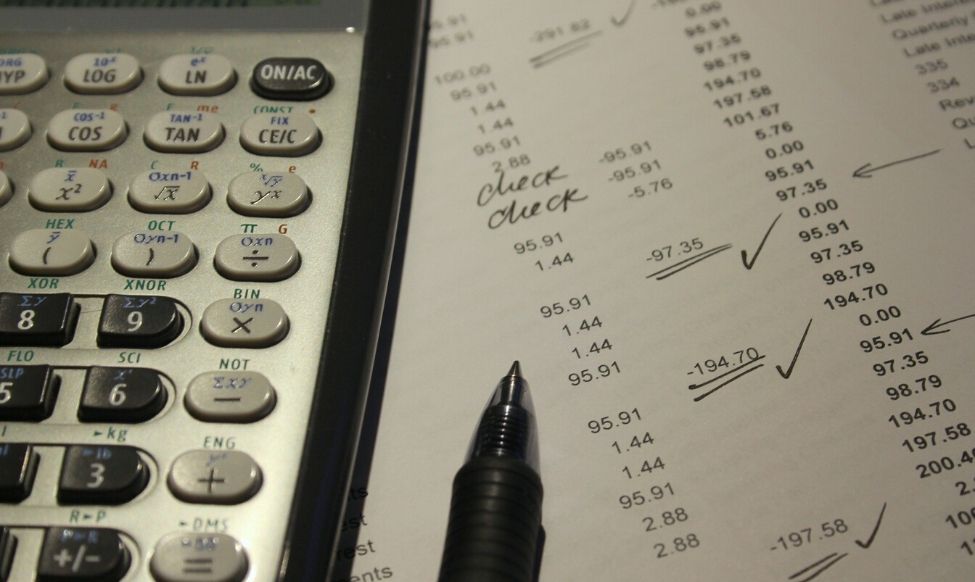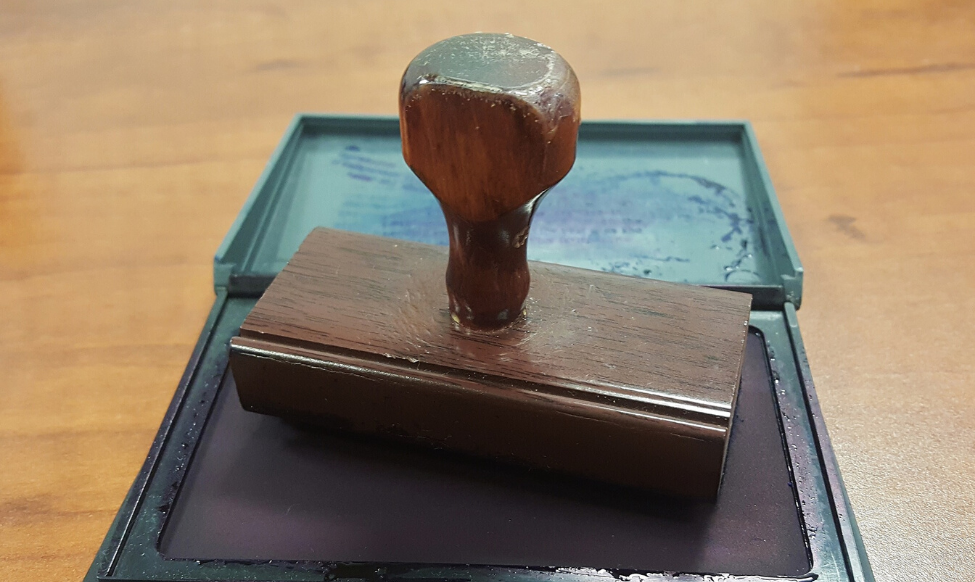As the coronavirus pandemic continues to spread around the world and particularly in New York, business owners are being challenged like never before to keep their companies, employees, and their own families afloat. As we shared in a recent article, litigants must reach an extraordinarily high bar to be able to “pierce the corporate veil” of a business and shift a company’s liabilities to the owner personally. One notable exception to be aware of, however, concerns unpaid wages for New York employees. This issue is of particular concern as business owners grapple with challenging decisions in light of business shutdowns and other challenges brought on by the deadly COVID-19 virus.
Pursuant to changes to the Limited Liability Company (LLC) Law and Business Corporation Law (BCL) enacted about five years ago, the 10 LLC members with the largest membership interest, as well as the 10 largest shareholders of a foreign (non-New York) corporation with New York employees, may be held jointly and severally liable for “all debts, wages, or salaries” due to “any of its laborers, servants or employees… for services performed by them for [the entity].” (The 10 largest shareholders of New York corporations were already on the hook for such wages under the BCL prior to the other law changes five years ago.)
Such imposition of liability on the 10 largest shareholders/members creates an exception to the general shielding of a shareholders/members for claims made against the corporate entity. The definition of “wages or salaries” includes all compensation and benefits payable by an employer to an employee, such as overtime, vacation, holiday and severance pay, employer contributions to pension funds, and insurance payments.
A New York employee seeking payment for unpaid wages must first seek payment from the business itself. If payment is not made, the top 10 shareholders/members may be held liable for any unsatisfied judgments. Note, the employee must provide notice to the shareholders/members within 180 days after his or her employment terminates.
As many business owners are facing harsh realities and extremely difficult business decisions in light of the deadly COVID-19 virus, it is important to keep some of these issues in mind. Asking employees to work without pay, or even where employees volunteer to work without pay still creates potential financial exposure (including penalties) to the employer and its principals in these trying times. Any decision regarding reduced or no pay should be carefully evaluated in light of applicable law.
With today’s economic uncertainty, business owners should be aware of any potential liability they may face so they can plan accordingly and take steps to mitigate. Please call us for guidance on your specific situation. We are here to help your business get through these challenges.








